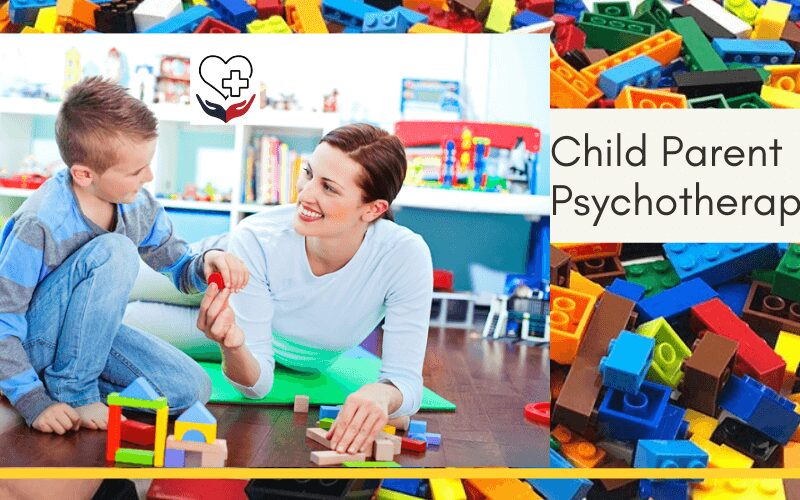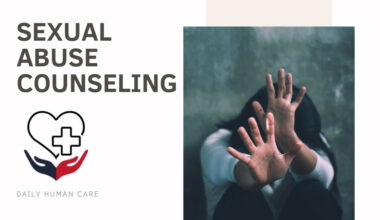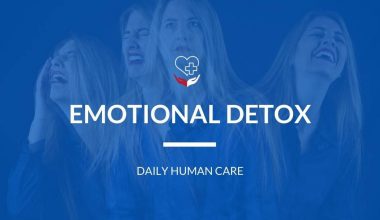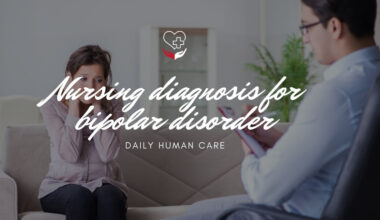Table of Contents
Child-Parent Psychotherapy CPP:
Child-Parent Psychotherapy, CPP, is a treatment for children aged 0-5 years who are vulnerable to trauma. The infant is usually seen with his or her primary caregiver, and the treatment unit is the dyad. CPP explores how the trauma and the relational background of the caregivers impact the relationship between the caregiver and the infant and the developmental course of the infant. The main priority is to foster and improve the bond between the caregiver and the child as a vehicle to restore and protect the mental health of the child.
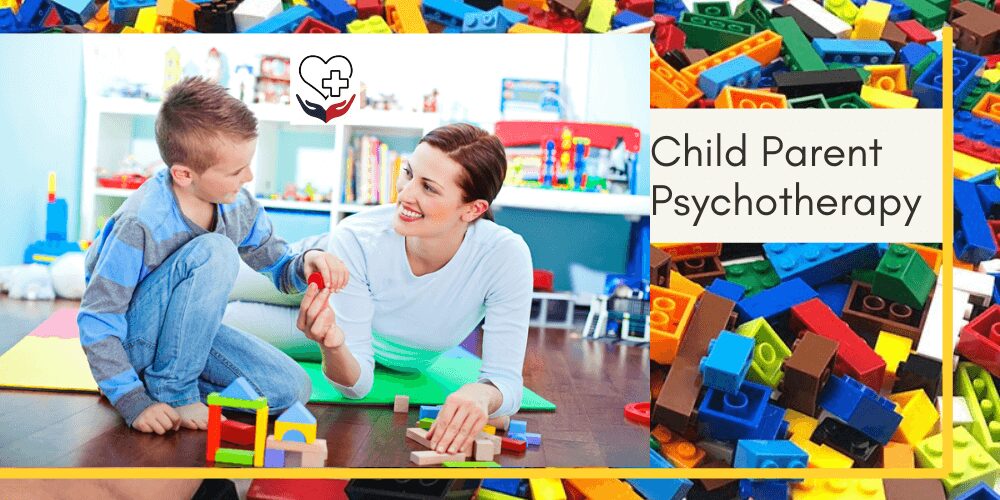
Therapy may also concentrate on contextual factors that can influence the child-caregiver relationship (for example, stressors of culture and socioeconomic and immigration). The intervention goals include the ill portrayal of oneself and children by caregivers and children and interactions and activities that interfere with the mental wellbeing of the infant. During therapy, caregivers and children are directed to establish a joint account of the psychological traumatic situation, recognizing and resolving traumatic stimuli that produce and influence dysregulated behavior.
What are the goals of Child-Parent Psychotherapy?
The aims of this psychotherapy are to enhance the bond between parents and their children, improve parents’ awareness of child needs, heal children’s mental wellbeing, improve their ability to learn and to be social, and help them succeed.
What are the Essential Components of CPP?
Child-Parent Psychotherapy (CPP)’s basic components are:
- Focus on the parent-child relationship as the primary target of intervention.
- Focus on safety:
a) Focusing on environmental protection concerns when necessary
b) Encouraging healthy behavior
c) Legitimizing feelings while stressing the need to maintain safe and appropriate behavior
d) Facilitating the appropriate limit setting
e) Help to develop suitable parent-child roles.
- Affect regulation:
a) provide guidelines for the development of how children control their effects and emotional reactions;
b) Supporting and identifying emotional experiences;
c) Improve the ability of the parent to respond to annoyances in a useful and calming manner;
d) Improve the willingness of children to use the parent as a safe base;
e) Develop/promote regulatory impact strategies.
- Reciprocity in Relationships:
a) Emphasizing the love and understanding between parents and children;
b) promoting positive and negative feeling gestures to important people;
c) improving the awareness of each other’s perspective;
d) talking about ways that parents and children are different and autonomous;
e) Create strategies to alter interaction maladaptive behaviors.
- Focus on the traumatic event:
(a) Parent help respects the testimony and recollection of the child;
b) help parents and children understand the truth of the trauma within themselves;
c) Provides guidelines for improvement understanding trauma response;
d) Make associations between past experiences and current concepts, sentiments, and behaviors;
e) help parents understand the connection between their own memories, current emotions, and kinship practices;
f) stress a distinction between situations past and present;
g) parent and child assist in the creation of a joint account; g)
h) Reinforce behaviors that allow parents and children to cope with trauma and grow a new outlook.
- Continuity of Daily Living:
a) Prospective, adaptive conduct;
b) Promote efforts in the pertinent work;
c) Encourage regular predictable routine growth.
- Reflective supervision
Education
Minimum Provider Qualifications
- Practitioners: Master’s level training
- Supervisors: Master’s degree plus a minimum of 1-year training in the model
Child-Parent Psychotherapy training
A variety of training models are available. The Child Trauma Research Program allows preparation to be arranged. Training also takes place through the National Infant Traumatic Stress Network Learning Collaboration Model. Training is typically customized to the company’s needs.
Days/hours Number:
Training normally requires a 3-day session and 2 days of extra workshops per quarter (3 more times a year). Furthermore, the preparation requires bi-monthly telecommunication of ongoing cases of trauma affecting children aged 0-5.
How does CPP work?
Trauma can be detrimental, especially in the earliest years, to children’s emotional and cognitive functioning. The principal purpose of CPP is to work with parents and children to improve their relationships and to develop opportunities to act and cope safely.
What can Child-Parent Psychotherapy help with?
This therapy has been shown to boost the effects of challenges such as:
- Post-Traumatic Stress Disorders (PTSD)
- Conduct problems
- Dysregulation of the emotions in children with trauma
- Reduce the symptoms of parents following trauma
Does this therapy work?
Studies have shown psychotherapy for children as an independent treatment for post-traumatic stress disorder and other after-traumatic symptoms.
- Parent-child intercourse issues
- Challenges in the family
- Kid behavioral problems
- Trauma avoidance
- Persistent feelings of intrusion
- Increased anxiety or hyperactivity
These symptoms can occur in parents or children, or only in children.
Child-Parent Psychotherapy sessions
Usually, the therapist and parent speak about the evaluation outcomes during the first session, agree on a course of therapy, and prepare to explain the treatment to their child. Daily joint adult-child meetings will take place as the adult proceeds with individual sessions.
These sessions are intended to alter unhealthy and unhelpful habits, encourage developmentally acceptable relationships, and direct children and the mother in their attempts for a shared narration of traumatic events.
Depending on the acute nature of the trauma, protection may also be the subject of the sittings and other interventions might be included (for instance, in the absence of the child from the house is likely, sessions might include crisis intervention, counseling, and referrals to lawyers or case managers).
Sessions can involve a range of strategies and discussions aimed at encouraging safe handling and emotional control.
- Bordering of parents and children and clarification of responsibilities
- Details on how children treat emotional responses
- Labeling of feelings
- Tips for parents when they are angry
- Regulation Effect Strategies
- Showing love between child and parent
- Encourage talks on positive and negative feelings to other influential people in the family life
- Discuss how unhealthy behavior and interactions can be changed
In some cases, the focus of the therapy is on the traumatic incident. The therapist helps the parent understand and understand what the baby has encountered through the discussion of the trauma, helps the parent and the baby understand the effect of the trauma on their present workings, develops the shared story of what took place, and supports the parent and the children in handling the trauma, and takes a new viewpoint of making a healthy change.
In the end, the therapy is intended to provide stability in everyday life, including appropriate aging social behavior, appropriate activities, and a healthy and consistent schedule.
In the process of child-parent psychotherapy, therapists are conscious of family values, child-giving habits, sex and expectation of position, religious and moral views, and other cultural aspects affecting their functioning; they are used with different racial, ethnic, and socioeconomic communities.
For more health articles keep visiting Daily Human Care.

